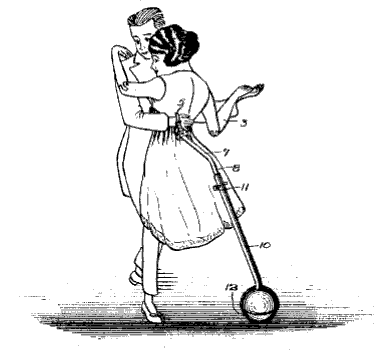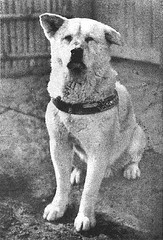
Bach’s name forms a musical motif. The German note B is equivalent to the English B-flat, and H indicates B natural. So if you revolve this cross counterclockwise, the note at the center takes successively the German values B (treble clef), A (tenor clef), C (alto clef), and H (treble clef).
Bach himself used the four-note motif as a subject in The Art of Fugue, and it’s appeared since in works by Schumann, Liszt, Rimsky-Korsakov, Poulenc, and Webern.




